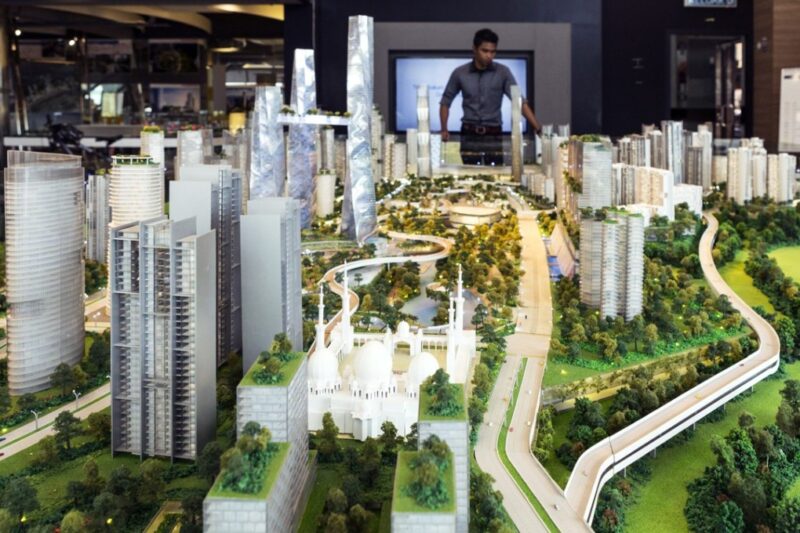In the vibrant landscape of Singapore’s real estate market, the pricing structure of new developments emerges as a captivating puzzle. Investors, homebuyers, and property enthusiasts alike find themselves navigating a realm that shifts with market dynamics, government policies, and changing consumer preferences.
Why do some developments command staggering prices while others linger on the market? This intricate interplay of factors—location allure, architectural innovation, and market demand—creates a complex tapestry that is both intriguing and challenging to decode. As we delve into the nuances of pricing strategies employed by developers, we will unveil the layers that underpin these decisions, offering insights to help stakeholders make informed choices in this bustling metropolis.
Whether you’re a discerning investor or a first-time homebuyer, understanding these aspects can significantly impact your prospects in this dynamic and ever-evolving market.
Factors Influencing Pricing in New Developments

Several interwoven factors play a critical role in shaping the pricing of new developments in Singapore, creating a complex landscape for both developers and potential buyers. First and foremost, location remains paramount; properties situated in prime districts, with easy access to public transport and key amenities, often command higher prices.
Economic conditions also heavily influence pricing — fluctuations in interest rates, shifts in foreign investment, and an evolving job market can alter demand and, consequently, pricing strategies. Additionally, the quality of the development itself—its architectural design, sustainability features, and the reputation of the developer—can significantly sway pricing.
Market sentiment, influenced by buyer perception and the overall economic outlook, adds another layer of complexity; a surge in buyer confidence can push prices upward, while uncertainty may lead to stagnation or declines. Lastly, regulatory changes and government policies regarding housing can abruptly reshape the market dynamics, introducing new variables that developers must navigate.
Together, these factors create a multifaceted pricing structure that continues to evolve, reflecting both local nuances and broader economic trends.
Types of Properties in New Developments
In Singapores vibrant real estate landscape, new developments encompass a diverse array of property types, each tailored to meet the multifaceted needs of potential buyers and investors. From luxurious high-rise condominiums that boast panoramic city views and state-of-the-art amenities to compact yet stylish apartments designed for urban dwellers seeking convenience, the options are abundant.
Townhouses and penthouses offer unique living experiences, catering to families and affluent individuals alike, while mixed-use developments fuse residential, commercial, and recreational spaces, creating a lively community atmosphere. Whether you’re drawn to the allure of contemporary design or the charm of integrated living, the varied property types in Singapore’s new developments promise something for everyone.
Each option not only serves a distinct purpose but also reflects the dynamic lifestyle and aspirations of its residents, shaping the ever-evolving fabric of the city.
Market Trends and Future Predictions

In recent years, the Singapore real estate market has experienced dynamic shifts driven by various factors, including urbanization, demographic changes, and evolving consumer preferences. Developers are increasingly focusing on sustainability and smart technology, creating spaces that cater not only to luxury buyers but also to eco-conscious millennials.
As the demand for integrated living spaces rises, expect to see a diversification in pricing structures, with premium amenities becoming a common expectation rather than an exception. Furthermore, government policies, such as cooling measures, may introduce volatility, yet they also play a role in shaping the resilience of the market.
Looking ahead, analysts predict that the fusion of innovative design and practicality will redefine property value, suggesting that those who can seamlessly blend modern aesthetics with community-oriented features will flourish. As the city adapts and transforms, the future of new developments lies in their ability to anticipate and meet the diverse needs of a changing population.
Conclusion
In conclusion, understanding the pricing structure of new developments in Singapore is essential for both potential buyers and investors navigating this dynamic real estate market. Factors such as location, amenities, and market demand play crucial roles in determining property values.
Developments like river green exemplify the premium associated with unique offerings and prime locations. By carefully analyzing these components, individuals can make informed decisions that align with their financial goals and lifestyle preferences.
As the landscape of Singapore continues to evolve, staying informed about pricing trends will be vital for anyone looking to engage in this vibrant property sector.


